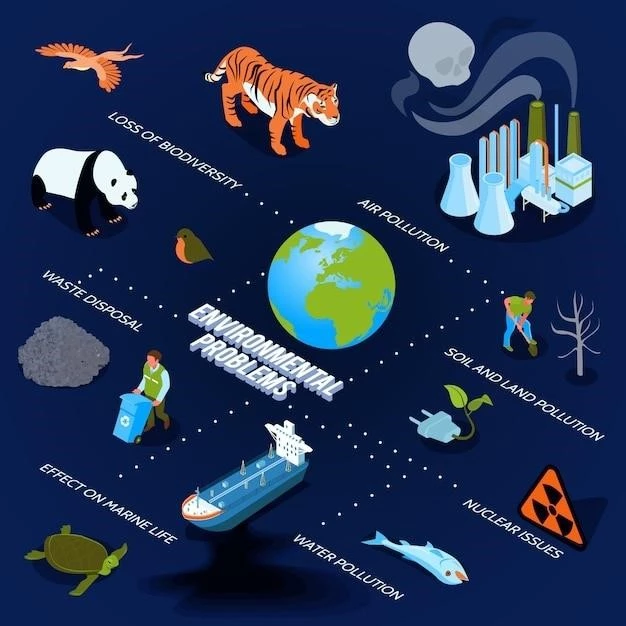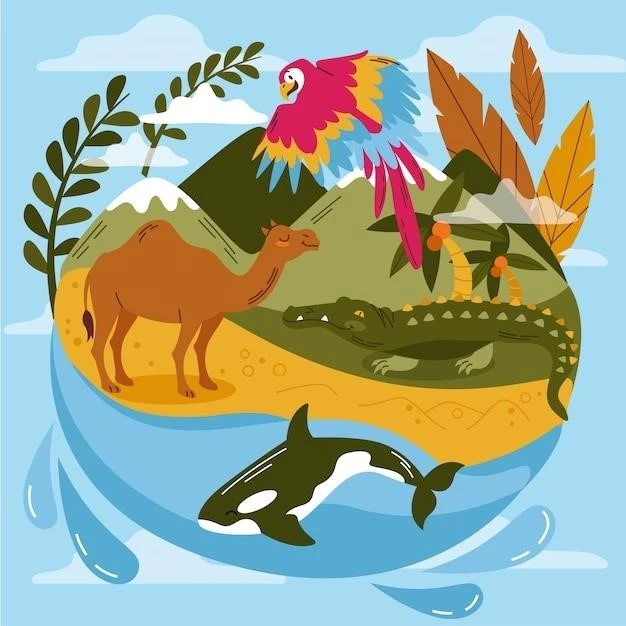Extinction, the complete disappearance of a species, is a natural process that has been occurring for millennia. However, the current rate of extinction is alarmingly high, largely attributed to human activities. This accelerated rate of species loss has profound implications, not just for the environment, but also for the global economy.
The Economic Value of Biodiversity
Biodiversity, the variety of life on Earth, underpins many economic sectors. Ecosystem services, the benefits humans derive from ecosystems, are directly linked to biodiversity and are estimated to be worth trillions of dollars annually. These services are wide-ranging and include:
- Food Security: Biodiversity provides the genetic diversity needed for resilient and productive agriculture. Pollinators, for example, are essential for the reproduction of many crops, contributing billions of dollars to the global economy.
- Medicine and Biotechnology: Many life-saving medicines and technological innovations are derived from natural sources. Loss of biodiversity reduces potential discoveries of new drugs and treatments.
- Climate Regulation: Ecosystems play a crucial role in regulating the climate, absorbing carbon dioxide, and mitigating the impacts of climate change. Deforestation and habitat destruction, leading to biodiversity loss, exacerbate climate change and its associated economic costs.
- Tourism and Recreation: Biodiversity-rich areas attract tourists, generating revenue and supporting local economies. Extinction of charismatic species or degradation of ecosystems can severely impact tourism.
Economic Drivers of Extinction
The underlying drivers of biodiversity loss are complex and interlinked, but many are rooted in economic factors:
- Land-use Change: The conversion of natural habitats for agriculture, infrastructure, and urban development is a leading cause of habitat loss and fragmentation, driving biodiversity loss. Economic pressures often prioritize short-term gains from land conversion over the long-term benefits of ecosystem services.
- Overexploitation: Overfishing, illegal wildlife trade, and unsustainable harvesting of natural resources directly contribute to species extinction. Economic incentives often outweigh conservation efforts, leading to the unsustainable exploitation of species and ecosystems.
- Climate Change: The impacts of climate change, such as rising temperatures, ocean acidification, and extreme weather events, are increasingly threatening biodiversity. The economic costs associated with mitigating and adapting to climate change are substantial, and inaction further exacerbates the economic consequences of biodiversity loss.
- Pollution: Pollution from industrial activities, agriculture, and urbanization degrades ecosystems and harms biodiversity. The economic costs associated with pollution abatement and remediation are significant, and pollution-driven biodiversity loss adds to these costs.
- Invasive Species: The introduction of invasive species, often facilitated by global trade and travel, can outcompete native species and disrupt ecosystems. The economic costs of managing and controlling invasive species are substantial, and their impact on biodiversity further amplifies these costs.

Economic Impacts of Extinction
The economic impacts of extinction are far-reaching and multifaceted:
- Reduced Agricultural Productivity: Loss of pollinators, soil fertility, and pest control services due to biodiversity loss can lead to decreased agricultural yields and increased reliance on costly inputs like pesticides and fertilizers.
- Increased Health Risks: Loss of biodiversity can increase the risk of infectious diseases, as fragmented habitats and disrupted ecosystems can facilitate the spread of pathogens.
- Economic Instability: Many communities, particularly in developing countries, rely heavily on natural resources for their livelihoods; The loss of biodiversity can undermine these livelihoods, leading to economic instability and poverty.
- Increased Costs of Resource Management: The extinction of species and degradation of ecosystems can lead to increased costs for water purification, flood control, and other essential services.

The Need for Economic Solutions
Addressing the economic drivers of extinction and internalizing the value of biodiversity within economic systems is crucial for effective conservation. Some potential solutions include:
- Valuing Ecosystem Services: Developing mechanisms to quantify and value ecosystem services can help integrate biodiversity conservation into economic decision-making. Payments for ecosystem services, where beneficiaries pay for the conservation of ecosystems, are one such mechanism.
- Sustainable Consumption and Production: Shifting towards more sustainable consumption and production patterns can reduce the pressure on biodiversity. This includes promoting sustainable agriculture, reducing waste, and transitioning to a circular economy.
- Investing in Biodiversity Conservation: Increased investment in protected areas, species recovery programs, and sustainable land management practices is crucial for conserving biodiversity. These investments can provide significant economic returns in the long run through ecosystem services and job creation.
- International Cooperation: Addressing the global challenge of biodiversity loss requires international cooperation and agreements to regulate trade in endangered species, reduce pollution, and combat climate change.
Conclusion
The economics of extinction are complex and far-reaching. Recognizing the economic value of biodiversity and integrating it into economic models and decision-making processes is crucial. Failure to do so will result in continued biodiversity loss, with significant economic and societal consequences. By embracing sustainable practices, investing in conservation, and fostering international cooperation, we can mitigate the economic risks of extinction and build a more sustainable and prosperous future.










